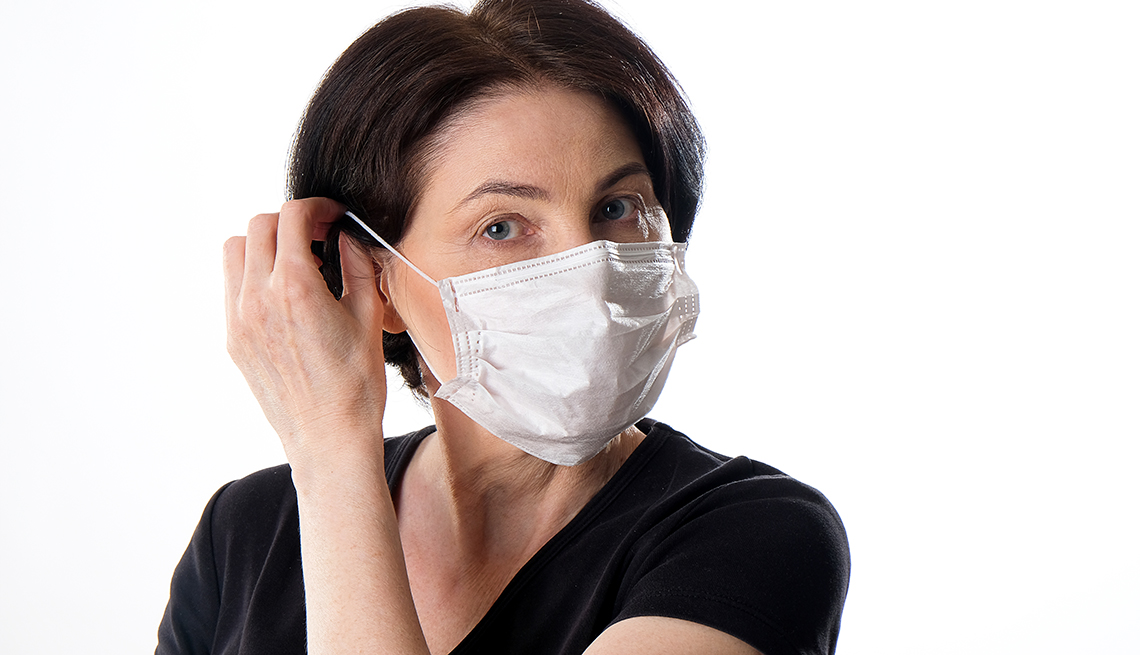
- Select a language for the TTS:
- UK English Female
- UK English Male
- US English Female
- US English Male
- Australian Female
- Australian Male
- Language selected: (auto detect) - EN
Play all audios:
If you’ve been on the internet recently, you’d be quick to notice that the number of people taking up running as a hobby is on the rise. It seems everyone is fundraising for a marathon or
taking part in 10kms, joining run clubs and Park Run, and buying an entire wardrobe of Lululemon shorts, neon visor shades and Garmin watches. But it isn’t just on TikTok - the real-life
figures don’t lie. In November, the New York City Marathon became the biggest in history with more than 55,000 runners being cheered on by more than 2 million spectators. But it wasn’t long
before the title was taken by the London Marathon in April, which celebrated 56,640 finishers. And this year, more than 1.1 million people have entered the ballot for a place in the race,
smashing the record of 840,318 applications in the year before. I enjoyed cross country sessions at school, despite not being a particularly good athlete and liked the idea of running for
fun. So when, after finishing university and starting my first job, I decided it was time to start getting fit again, running seemed like a great (and free) idea. I threw on my sports bra,
laced up my shoes and went for a gentle 5km. The next morning, as soon as I got out of bed, I felt a pain on the inside of both shins, midway up. Touching them made the pain even worse. This
didn’t feel like a muscle ache, but I’d only run 5km and hadn’t twisted an ankle or anything, so I assumed it would be fine. After trying a few more runs over the next month, it soon became
apparent that the pain wouldn’t just disappear. Walking became agonising and any hope I had of running for even five minutes was dashed. I was busy with work so I quickly abandoned the idea
of going for runs and after a few months the pain went away. A year later, I tried running again - but this time I was determined to follow advice on how to prevent what I had deduced by
now was shin splints. But no matter what I did, they didn’t go and walking became painful, so I went to my GP who referred me to the hospital to see a physiotherapist. Based on the level of
pain I was in and the way I could barely walk, they said I had a pretty severe case of shin splints. I had to rest until the pain went, then try some strength exercises. I could start
running again, slowly, when I was able to jump up and down on one foot without feeling pain. Months and months went by, and I still couldn’t do it. I was getting frustrated. Finally, after a
long rest period, my shins felt much better and I followed the advice of starting out slow. I was running incredibly slowly but before I even made it to 0.5km the pain hit and became so bad
I had to text my boyfriend to come and pick me up - I couldn’t even make it the three minute walk back to our flat. I decided enough was enough and began some serious research. I read every
article, scanned every blog, and even found myself on Reddit forums reading how others with shin splints as bad as mine became able to run again. Following their advice, I began a routine
of using a foam roller and massage ball to get deep into my shin muscles every day, then I would stretch every day, too. I also invested in a pair of decent running shoes with a big foam
base for shock-absorption. I did strengthening exercises like tibialis raises and toe raises, and spent what felt like hours every day raising my toes up and down and doing ankle rolls under
my office desk. Another exercise I feel was the most effective involves sitting down and bringing one foot over the other knee. I would loop a resistance band over my foot and secure it
under my other foot, then raise my toes up and down. When I first started running again, it was clear that the advice I had been given to build up slowly, adding 10 per cent more distance
every week was not going to work. So, feeling desperate, I followed the advice of a Reddit user who said to run for a minute or so at a pace so slow you “feel like an elderly person walking
could overtake you on the pavement”. I would run like this, then walk, then run for about ten minutes at a time. It was painfully frustrating but at least it wasn’t frustratingly painful. I
realised that over time I could add more and more distance every week, though I was still being incredibly slow and cautious. After my “runs”, which felt more like speedy walks, I would come
home, ice my shins, stretch roll out with my foam roller. It took months of this to build up to 4km, then 6km, then 8km. Another step I felt was key to the process was doing a proper
warm-up. Before, I had done a few static stretches and a short walk before running - but after watching multiple TikTok videos on warm-ups, I soon learnt that I needed to be doing dynamic
stretches (stretches that see you move around, rather than standing in one place holding a stretch). Now, I warm up every body part and pay special attention to my shins - as well as giving
them a little massage before running. In May, I took part in the Bristol half-marathon for Cancer Research UK and it was hard to believe that just a few months before I was crying on the
floor at home holding an ice pack to my shin and telling my boyfriend I was “absolutely adamant my leg was broken”. The race was brilliant and the atmosphere was a true testament of how
running can bring people together - and how whether you’re racing for charity or for yourself, pushing your body and mind to achieve something like that feels incredible. My next challenge
will be a marathon - and that finally seems achievable thanks to everything I’ve learnt about my shins over the past year. WHAT DO THE EXPERTS SAY? Dr Farah Ahmed, a GP, recommended icing
your shins for 15-20 minutes a few times a day, and making sure to rest and elevate your legs when possible. She also said you could take pain relief like ibuprofen when needed - but said
you should see a doctor or physiotherapist if “pain is severe and not getting better”. When it’s time to return to running, Dr Ahmed said you could try running on softer surfaces like grass,
rather than concrete, and added: “Don’t just run but mix it up with other activities like swimming or cycling.” Mark Richardson, a chartered physiotherapist and senior lecturer in sport and
exercise at Teesside University, told me: “Shin splints usually cause a dull, aching pain along the inner border of the shin bone, most often in the middle to lower part of the leg. This
pain tends to occur during or after running and may be especially noticeable when increasing your training load.” He explained that picking the right shoes was important, and said: “Wearing
running shoes that provide good support and cushioning is essential, and they should be replaced every 500 miles or so to maintain their protective qualities.” However, as I found, it is not
a quick-fix, and building “strength and control in the lower limb muscles” was also key. Ami Shah, a physical therapist with more than 20 years of experience in the field, explained: “The
best way to prevent shin splints is to ease into any new workout or running routine instead of going from zero to 100.” She added: “Wearing proper shoes with good support (especially if you
have flat feet or high arches) is key too. Cross-training can also help. Mix in swimming or biking to give your legs a break from constant impact. And don’t skip warming up and stretching,
especially your calves and Achilles. It’s the little things that go a long way.”








